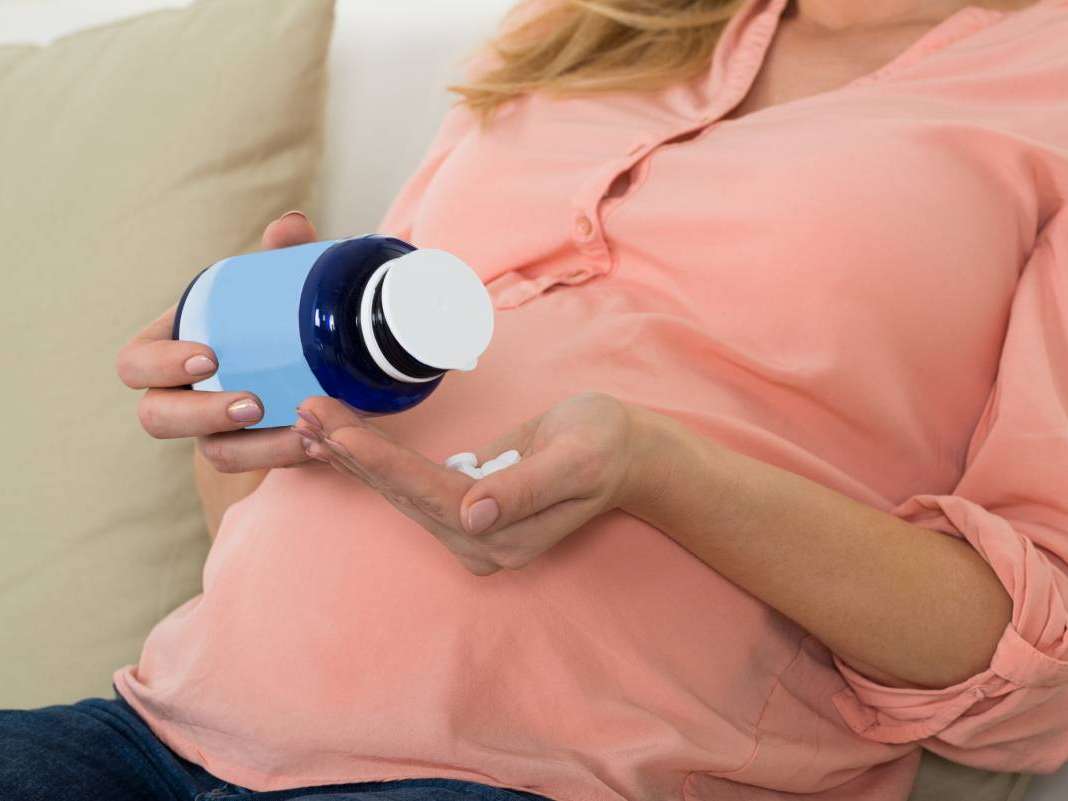One of the biggest mysteries surrounding childbirth is the water breaking moment.
First-time moms often wonder: “What’s it really like when your water breaks?”
That’s a question that is hard to give an exact answer to – because most women don’t experience it the same way.
Still, it’s important for you to understand the significance of this event and what it means for you and your unborn child.
What Are The Odds Of Your Water Breaking?
You might be surprised to learn that only a small percentage of women actually experience their water breaking before going into labor.
In fact, most times a pregnant woman’s water (the amniotic sac) won’t break until she’s well into labor and more than 9 centimeters dilated — which means you’ll probably already be at the hospital when your water breaks.
While it’s not a common occurrence, you should still be informed about it — so you’ll know what to do if and when the time comes.
Don’t worry too much about your water breaking when you’re on a checkout line. Only about 15% of women experience the rupture of the amniotic sac before they go into labor. So chances are good you’ll have plenty of warning (or you’ll already be in the hospital). Source
My Experience
My water broke with my first pregnancy.
I was 36 weeks along and was getting ready to eat one of my favorite meals. I had just got up from my chair, and as I stood up I heard a slight pop. I stood in place for a few minutes trying to understand what had just happened. I immediately felt a slow trickle of fluid coming down my legs. I thought that I needed to use the bathroom and actually tried to, but nothing came out. I realized my water had broken when the trickle of water still did not stop.
I gave birth to a healthy baby less than an hour later – after a fast and intense labor. First-time laborers often take much longer to deliver.
To prevent infection through the ruptured amniotic sac (the longer it takes for labor to get going, the greater the risk), most practitioners induce labor within 24 hours of a rupture if you’re near your due date. A few induce as early as 6 hours after. Source
Water Breaking Is The Premature Rupture of Membranes
Once your water breaks, there is no going back. Your baby is on the way! Childbirth is imminent. Exactly how long it takes is purely up to your body and your doctors.
This can be a great thing – especially if you are 37 weeks along, or further. You no longer have to wait for your baby to arrive and you can finally stop being pregnant.
Signs of water breaking can include:
- Trickling fluid running down your legs
- A sudden gush of liquid
- Suddenly soaked underwear
You may also notice a popping sound or sensation coming from your belly — like I did. The popping sensation is not painful, it’s just something that also indicates your water has broken.
It can definitely happen when you least expect it!
How Much Fluid Comes Out?
The amount of amniotic fluid depends on where, exactly, your amniotic sac popped — either on the top of your uterus, the bottom, or on the side.
By the way, you might fear that you’ve lost too much amniotic fluid when your water breaks. But don’t worry, you won’t run out of amniotic fluid. Your body continues to produce it right up until delivery!
It’s very easy to confuse your water breaking with your bladder leaking.
Many pregnant women develop incontinence – a condition where you are unable to control your bladder and hold your urine. The muscles in your pelvic area have become weak from the weight of your baby, causing you to leak and lose urine even when you are not trying to.
Preterm Premature Rupture Of Membranes (pPROM)
If your water breaks before your pregnancy reaches 37 weeks, you need to go the hospital immediately. This is a sign that your baby will be born earlier than expected.
Women who are at risk for pPROM are those who:
- smoke
- have a history of premature delivery
- suffer from placenta abruption
- have certain infections
What You Should Do When Your Water Breaks
If you experience any of the above signs or if you suspect that your water has broken, you need to get to the hospital right away – so they can perform a test.
TIP: For your trip to the hospital, use a maxi pad (not a tampon) to keep the amniotic fluid from soaking your clothes. This will also keep your vaginal area clean, so you’ll be at less risk of getting an infection through the ruptured amniotic sac.
This test involves a strip of special paper to determine if the loss of fluid you’re experiencing is urine or amniotic in nature.
- If the test reveals that it’s urine, don’t feel embarrassed. This type of situation is so common that the doctors see it all the time. Remember, they even invented a test for it!
- If the test is positive for amniotic fluid, then your water did break. If your baby isn’t delivered within a certain amount of time, the risk of infection and complications goes up. Your medical team will be able to provide you with the best course of action.
Your doctor or midwife will use one of 2 common tests to see if the fluid leaking is your water or not. One simply involves a vaginal exam. During the vaginal exam, the doctor, midwife, or nurse will introduce a small piece of paper, called litmus paper. This paper reacts by changing color when it is exposed to amniotic fluid. If the paper doesn’t react, your water is not broken. The other test is to take a small sample of fluid and look at it under a microscope. When amniotic fluid is dry the pattern it makes on the microscope slide looks like a fern plant and is therefore called ferning. So if they see ferning, your water has broken. Source
I’m a stay-at-home mom and writer. Having experienced the joys and discomforts of pregnancy 3 times, I have a lot of advice to offer expecting mothers. I’m committed to providing new moms with an in-depth and honest view on pregnancy, so you’ll have a better idea of what to expect and a good feel for what pregnancy is really like.






